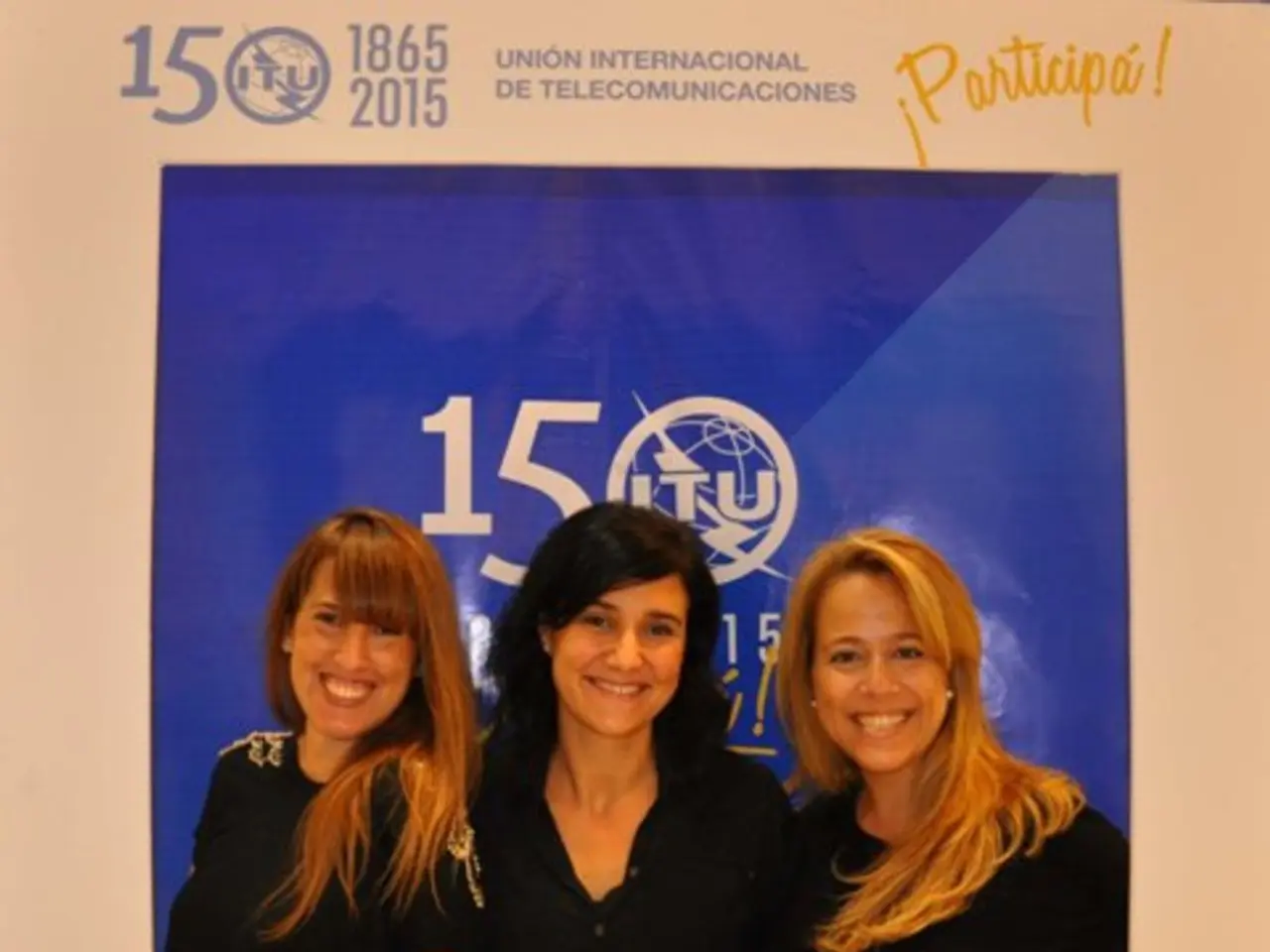Businesses Miss Out on Talent and Customers by Overlooking Inclusion
Businesses are missing out on potential talent and new customer groups by overlooking inclusion, according to recent findings. A significant number of job seekers with disabilities have faced discrimination during the application process, highlighting the need for change.
A staggering 78% of respondents have encountered discrimination after disclosing their disability. To address this, companies should focus on digital accessibility, which can open doors to new customer groups and improve participation. AI can play a role in this process.
Companies should appoint a dedicated contact person for diversity and inclusion to ensure motivation and continuity. Applicants with disabilities feel safer and more welcome when businesses show authenticity and offer support, such as workplace adjustments or internal networks.
Key to tackling systemic disadvantages is knowledge transfer. Involving people with disabilities as consultants or trainers can help bridge gaps. Inclusive job advertisements should actively invite these individuals to apply and signal openness to individual solutions.
Two experts, Nora Bilz and Meike Dietzel, have discussed unconscious barriers and the shift towards an inclusive corporate culture. They agree that full accessibility is an ideal, not a necessity, and an open, solution-oriented attitude is more important.
To approach inclusion strategically, companies need management support, a responsible point of contact, and a clear plan with measurable goals. Concrete measures include implementing inclusive education projects, continuous professional development, establishing feedback mechanisms, and fostering diversity through targeted outreach to marginalized youth.




